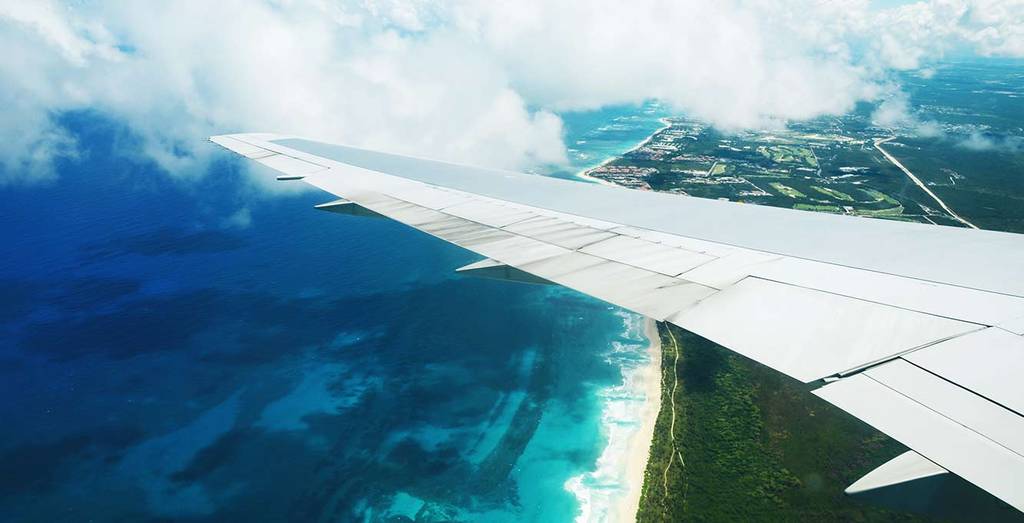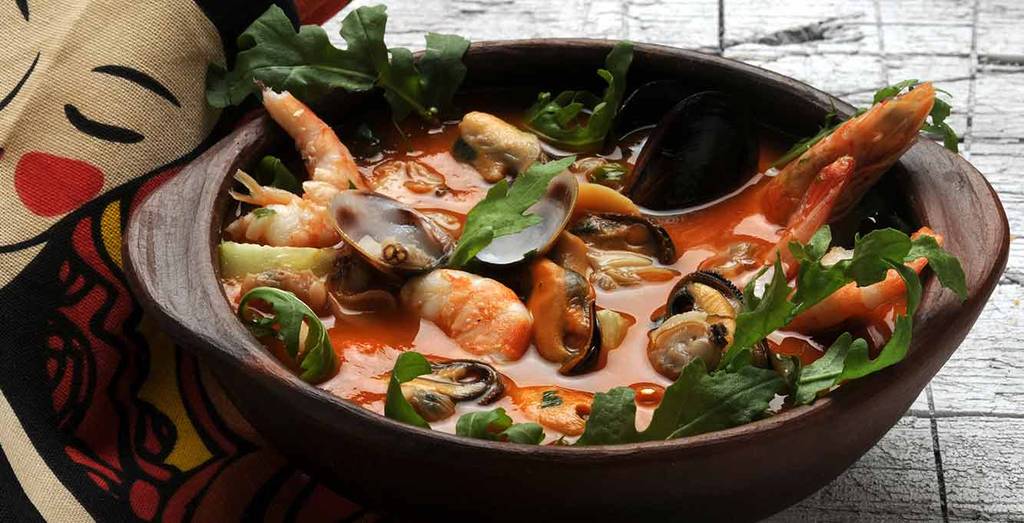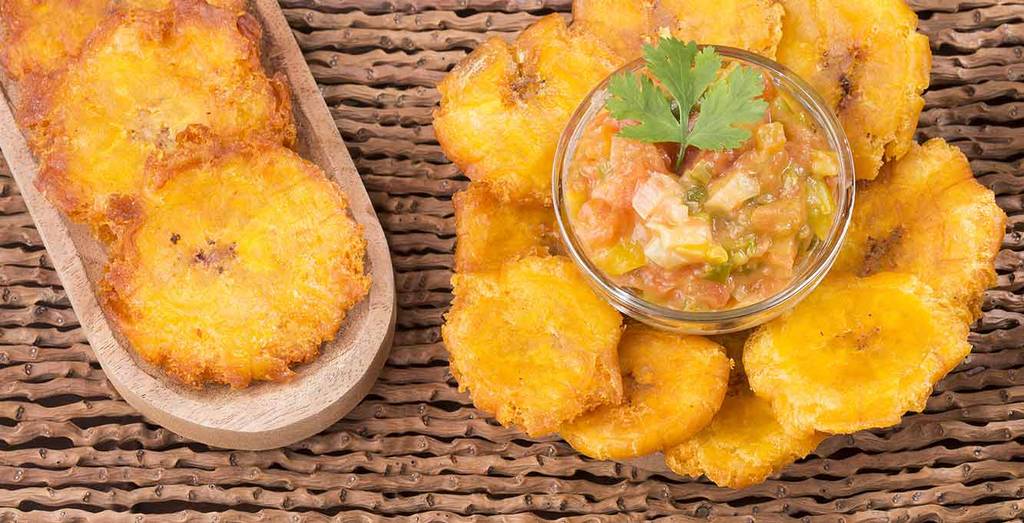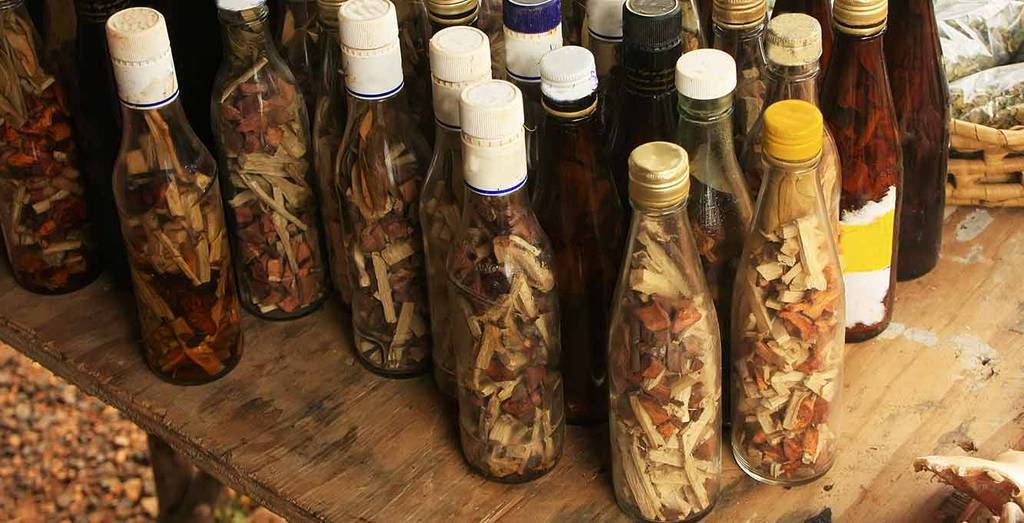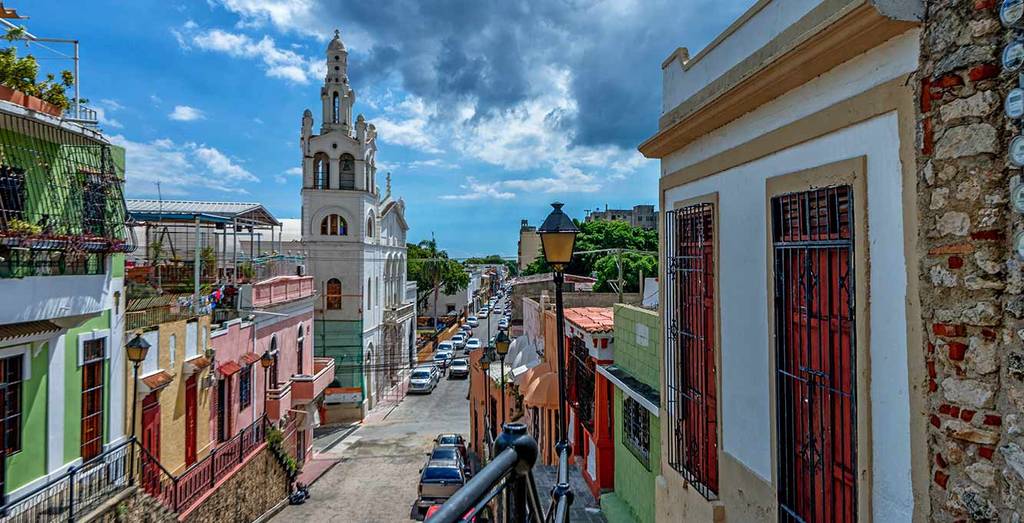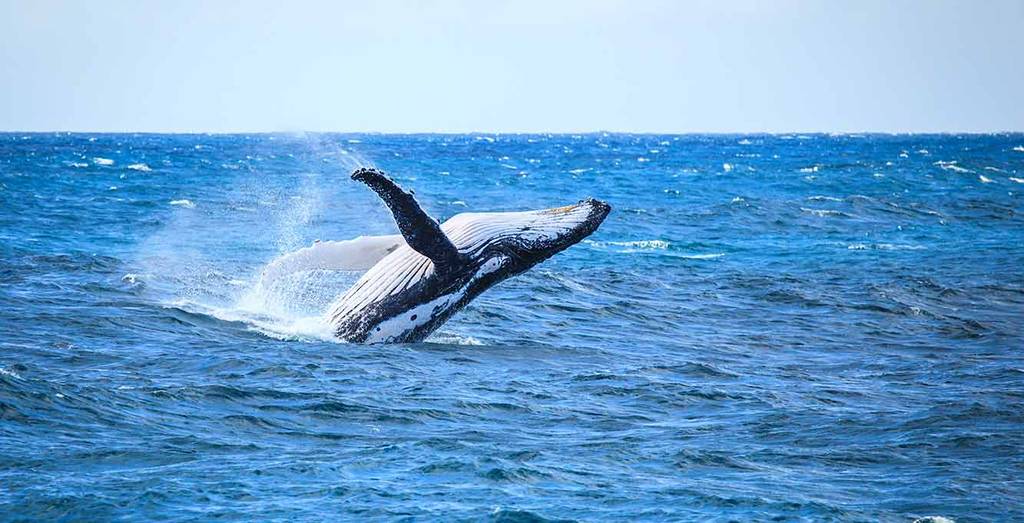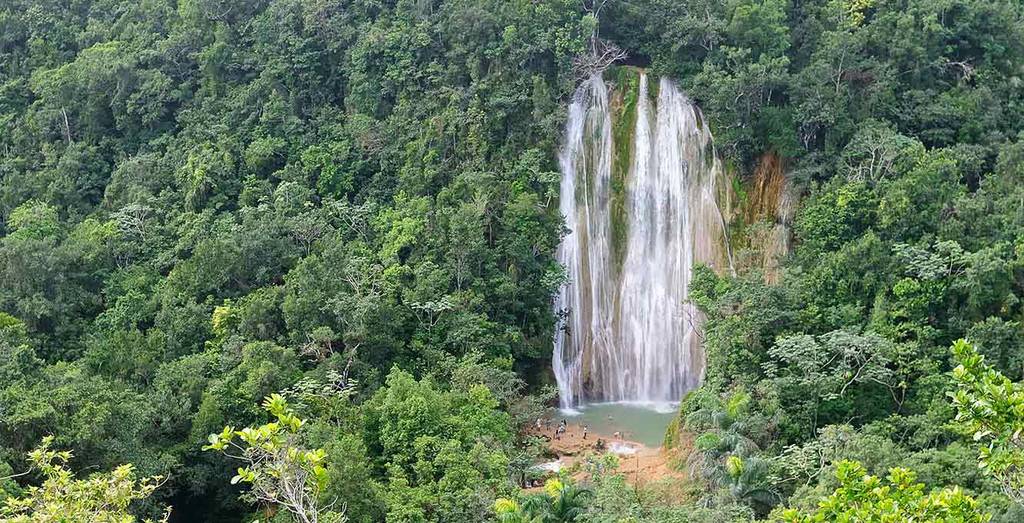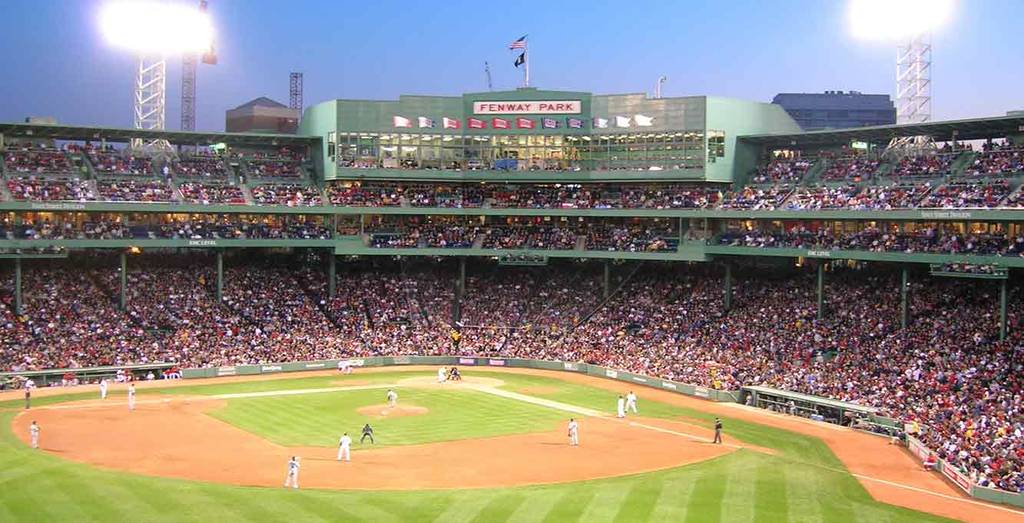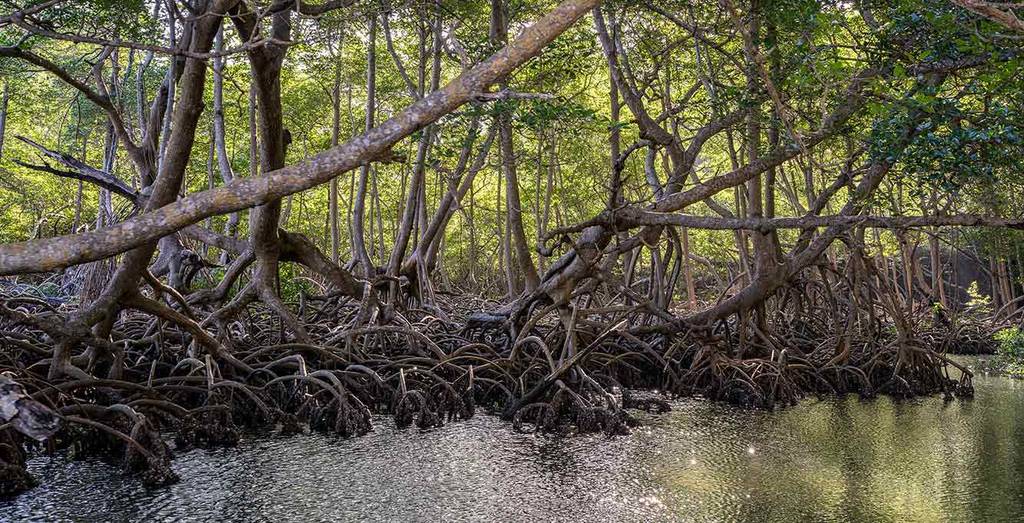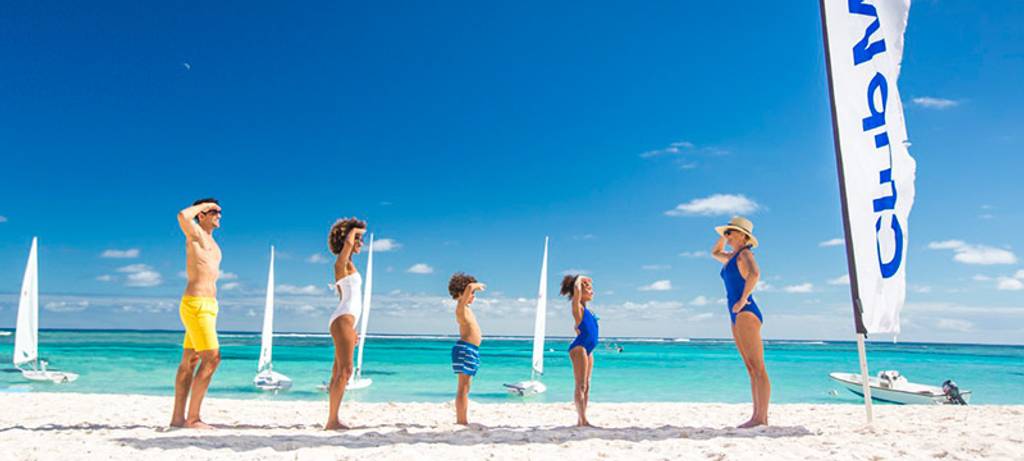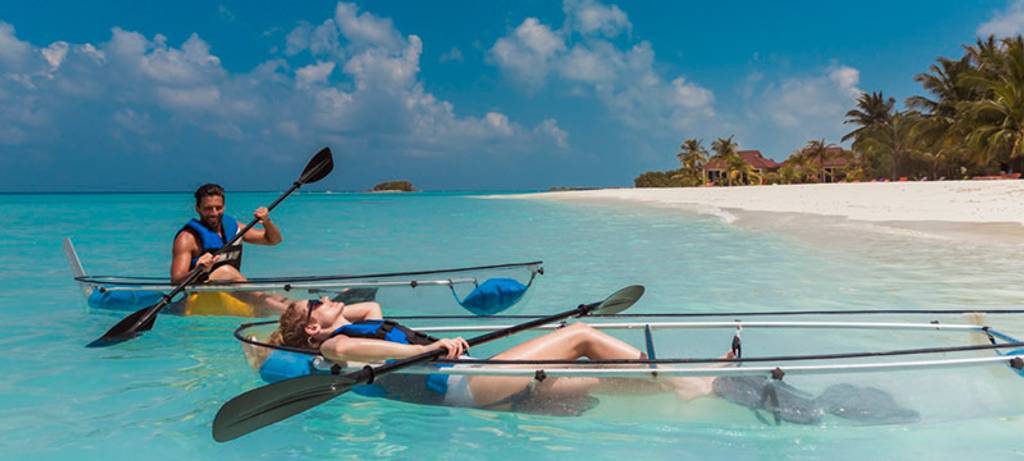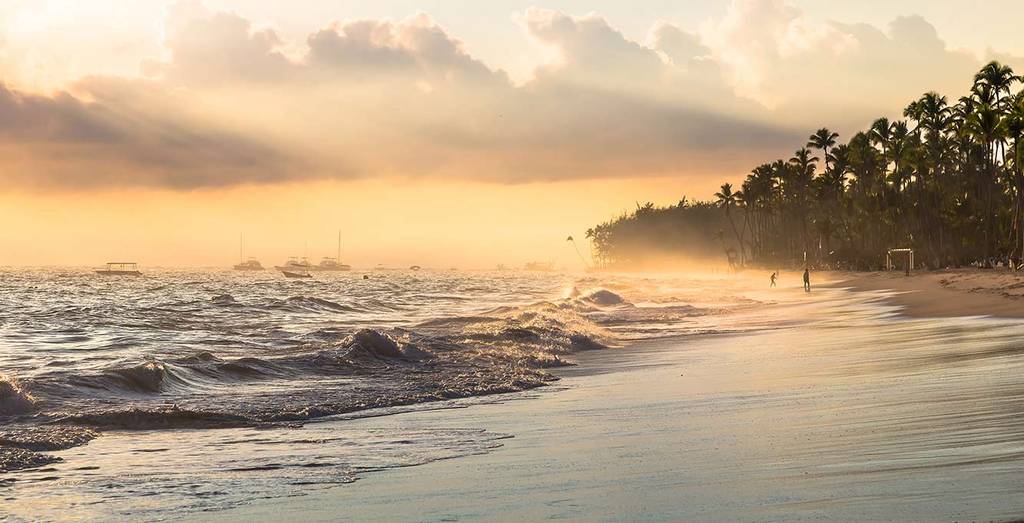
Weather
The best time to travel to the Dominican Republic is between December and May, but thanks to the island’s tropical climate you can expect warm temperatures throughout the year with averages of about 28˚C around the coastline. The warmest month is August with temperatures up to 35˚C and the “coolest” are January and February with temperature up to 30˚C.
Thanks to the island’s rich and varied landscape, the wet season lasts from November to January along the Northern coastline and from May to November for the rest of the island. Hurricane season is in August on the Caribbean side and September-October on the Atlantic side.
